When you were younger, the many types of chocolate were all just sweet candies: nothing more, nothing less. But it turns out that the differences between the various chocolate types involve much more than flavor; they’re each made using different amounts & parts of the cacao bean.
Every chocolate you see on the shelf will fall under one of the 4 different types of chocolate discussed below.
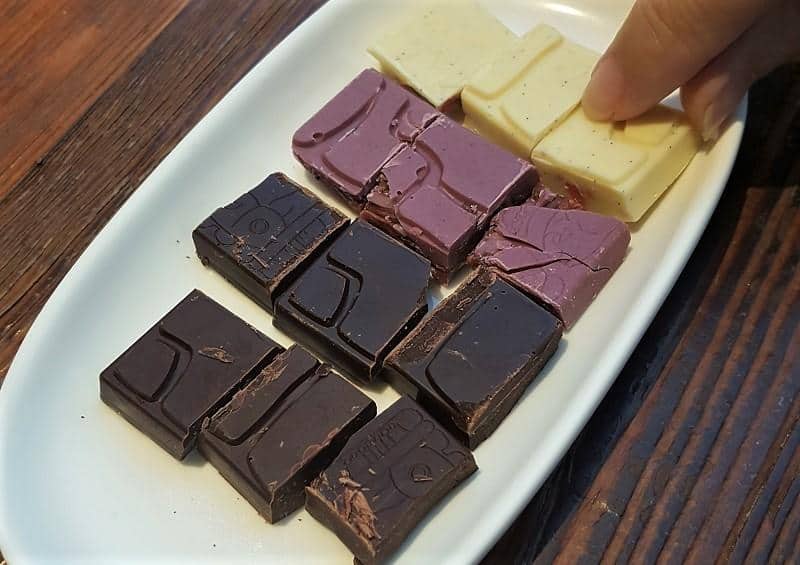
Jump To
The 4 Types of Chocolate
White and ruby chocolates will predominantly be made of cocoa butter, and arguably, they’re basically the same types of chocolate (albeit processed very differently). Milk chocolates will contain a mix of dairy in powder or condensed form, and usually much more sugar than dark chocolates.
The cardinal characteristic of dark chocolate, on the other hand, is its high cocoa content. By keeping these differences in mind, it is possible to determine which of the 4 chocolate types any given bar fits into, as well as the best type of chocolate for you. In the following section, more about the different types of chocolate will be discussed in detail.

What is White Chocolate?
White chocolate is a blend of cocoa butter, milk powder, and sugar. According to an article from The Washington Post, Nestlé produced the first white chocolate as a means to deal with excess cocoa butter. However, Nestlé themselves does not cite the source for this info, and general records show that they launched their white chocolate bar in Europe as early as 1936.
Due to the lack of cocoa solids, some don't consider white chocolate to be real chocolate. Cocoa butter is the only cocoa ingredient in white chocolate, but high-quality white chocolate bars will have a high cocoa butter content.
United States regulations consider it white chocolate if it has at least a minimum of 20% cocoa butter, a maximum of 55% sugars and sweeteners, at least 14% milk solids, and 3.5% milk fat. In the case of white chocolate, the cacao percentage values on the label refer to the cocoa butter content.
Additionally, by US marketing definition, white chocolate is required to have a pretty high dairy content of at least 14%; the highest requirement amongst all the types of chocolates. Even milk chocolate only requires a minimum of 12% dairy!
This means that there can be a considerable amount of dairy products in both milk and white chocolates, so always check the ingredients list.
For those avoiding dairy or animal products in their chocolates, some manufacturers are now turning to the use of alternatives like coconut milk powder, cashews, soymilk powder, hemp seeds, or even oat flour. White chocolates that are made with dairy alternatives are part of the sub-category of vegan chocolate.
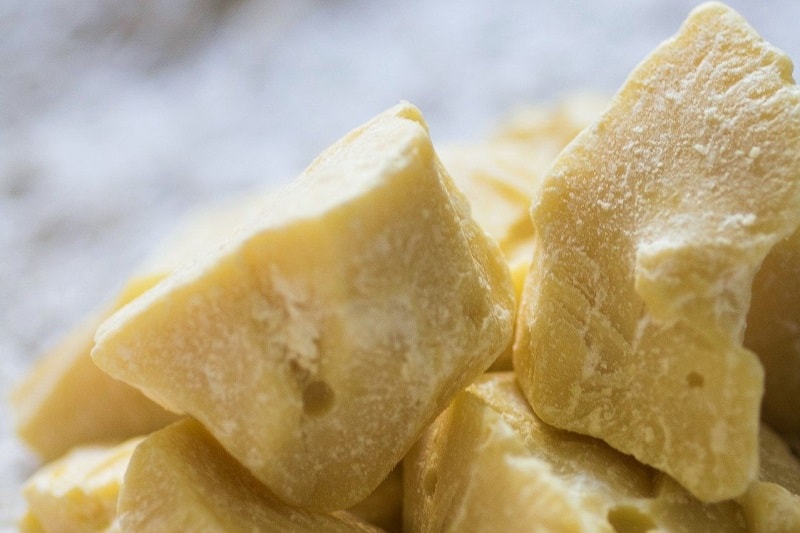
Why Is White Chocolate That Color?
Some regulations have now banned the use of white coloring in the production of white chocolate. A good white chocolate will take on the natural color of cocoa butter, which is an ivory or off-white shade.
If white chocolate is too white, it could be due to an extra coloring ingredient used as a coating, which is still allowed in many countries. White chocolate has a naturally sweet and buttery flavor, which is why it’s so widely used in the making of confectionery.
For a more complex flavor, there's caramelized white chocolate (blonde chocolate). This is simply white chocolate that's been roasted in the oven somewhere between 200-275°F (90-135°C) for 30 to 60 minutes, until it turns a deep golden brown.
The flavor profile is something like dulce de leche, but less sweet and toasty. The popular couverture chocolate brand Valrhona attributes the discovery of caramelized white chocolate— which they refer to as blond chocolat (not to be mistaken with blondies)— to Frédéric Bau in 2006.
Bau is a pastry chef who oversees their professional education program, and has been teaching the method since. Valrhona saw success in selling commercialized production of caramelized white chocolate under the Dulcey name.
Due to the lack of cocoa solids, white chocolate lacks the antioxidants that slow down the oxidation process of cocoa butter. This results in a shorter shelf life compared to dark chocolate, lasting up to a year from production if properly stored in its sealed packaging (and protected from pests & pets).

What is Ruby Chocolate?
Valrhona intended for caramelized white chocolate to provide more variety of colors, shades, and taste profiles relative to the existing 3 chocolate classifications. Although it did succeed in providing more options, it was not classified as a new kind of chocolate (either legally or in the court of public opinion). Enter ruby chocolate.
Ruby chocolate was introduced in 2017 by Barry Callebaut, and with its fruity, tangy taste profile, is currently being marketed as the fourth kind of chocolate.
Much like white chocolate, ruby chocolate is made from predominantly cacao butter, sugar, and milk solids as the primary ingredients (as reflected in Callebaut's own listing of ingredients that make up their ruby chocolate chips).
Under a temporary permit, ruby chocolate is described to have at least 20% cocoa fat, at least 1.5% non-fat cocoa solids, at least 2.5% milk fats, at least 12% milk solids, at most 1.5% emulsifiers, and no more than 5% whey products. Unlike white chocolate, ruby chocolate may contain cocoa solids as well.
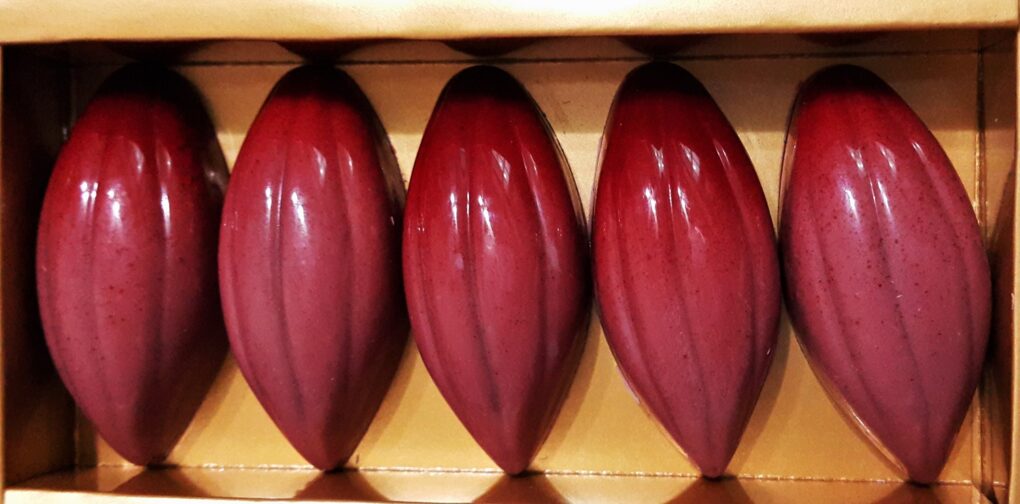
The biggest difference lies in the cacao beans used, dubbed 'ruby cocoa beans,' which seem merely to be whichever beans are deemed the best suited for the production of ruby chocolate. These beans are said to grow in unique climate conditions, found in Ecuador, Brazil, and the Ivory Coast.
Unfortunately, the exact production method is a trade secret. What is known based on the patent is that certain cacao beans that meet unspecified standards undergo a specific fermentation procedure that gives them their signature pink color.
Without additional ingredients or flavoring, ruby chocolate has a fruity flavor reminiscent of berries mixed with white chocolate. Products made with ruby chocolate usually have a partnership with Barry Callebaut.
The first example of this was in 2018, when Nestlé KitKat was the first global brand to introduce ruby chocolate, primarily in the Japanese and Korean Markets. Note that due to ruby chocolate's high pH level, it is considered more sensitive to the environmental factors that negatively affect chocolate.
Because of this, ruby chocolate is non-bake stable and excessive working can ruin the color, turning the color into a grayish pink. Like white chocolates, ruby chocolates will last up to one year from production, in ideal storage conditions, if their packaging is intact.
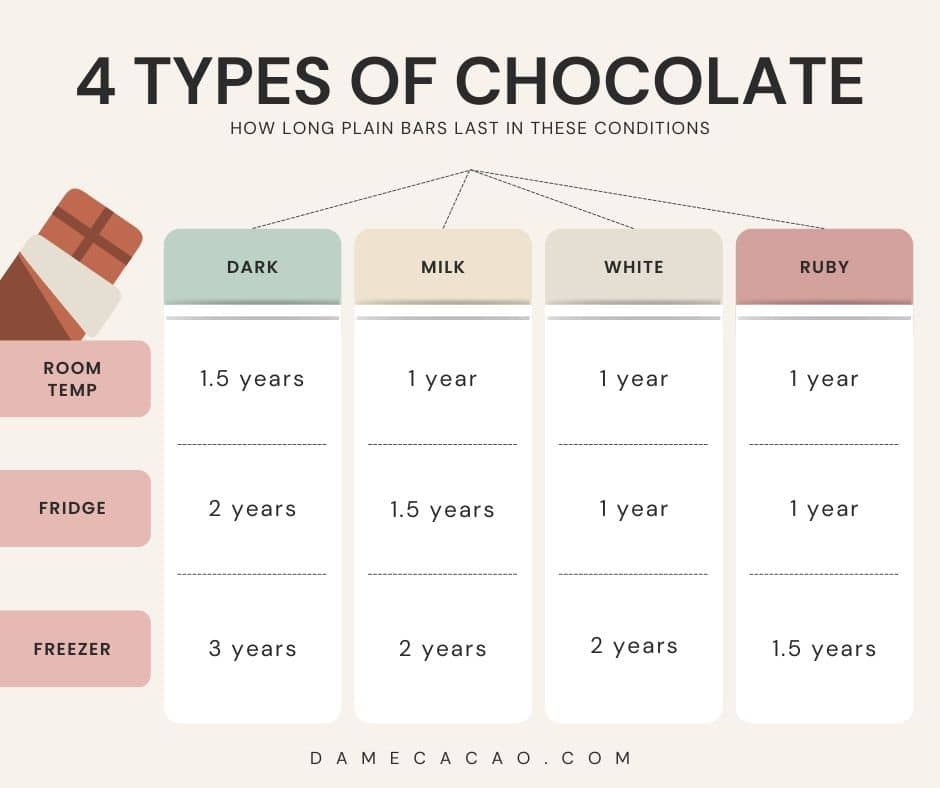
What is Milk Chocolate?
In 1876, Daniel Peter would add milk powder that he obtained from his neighbor Henri Nestlé into some dark chocolate (then just called ‘chocolate’). This subdued the bitter taste of the dark chocolate, and made it more appealing to the masses, overall boosting chocolate's popularity.
Milk chocolate would eventually become the most popular type of chocolate in the United States. For a product to be marketed as milk chocolate in the US, it needs to contain at least 10% cocoa liquor, 12% milk solids, and 3.39% milk fat.
The addition of milk, together with the introduction of the conching machine, improved chocolate's texture and creaminess. Like white chocolate, manufacturers are starting to offer vegan milk chocolates that use alternatives to dairy.
Milk chocolate has a relatively sweet taste profile thanks to its high sugar content. It is found in many popular chocolate candy bars and wafers that use it as an outer layer, like Snickers, Reese's Peanut Butter Cups, Kit Kats, Butterfingers, 3 Musketeers, Twix, etc.
There are many other variations of milk chocolate, including buttermilk and skim milk chocolates. The main difference between them is that the required minimum 12% milk solids is composed of buttermilk or skim milk powder rather than whole milk powder; I've even seen a recipe or two using cream powder.
Milk chocolate can last up to one year if stored in ideal ambient temperatures, under 70% humidity, and protected from pests.

What is Dark Chocolate?
Cocoa nibs are the bits of processed cocoa beans that are heated into chocolate liquor. Roughly 55% of the weight of a cocoa bean is cocoa butter, most of which is separated from the chocolate liquor using a press. What's left is just called cocoa solids, which can then be pulverized into cocoa powder, and still contain between 8-36% cocoa butter.
Dark chocolate has the highest cocoa content among the different kinds of chocolate. To be categorized as dark chocolate, US regulations require the presence of at least 50% cocoa solids, but this number can go up to as high as 100% for unsweetened chocolates.
Compared to the other types of chocolate, sweeteners make up a smaller percentage of the average dark chocolate. But even dark chocolates exist on a spectrum, mainly around the various cacao percentages.
A dark chocolate with a lower cocoa content will be considered semi-sweet chocolate, while a higher cocoa content will be more bitter, also known as bittersweet chocolate. Dark chocolate is generally considered dairy-free.
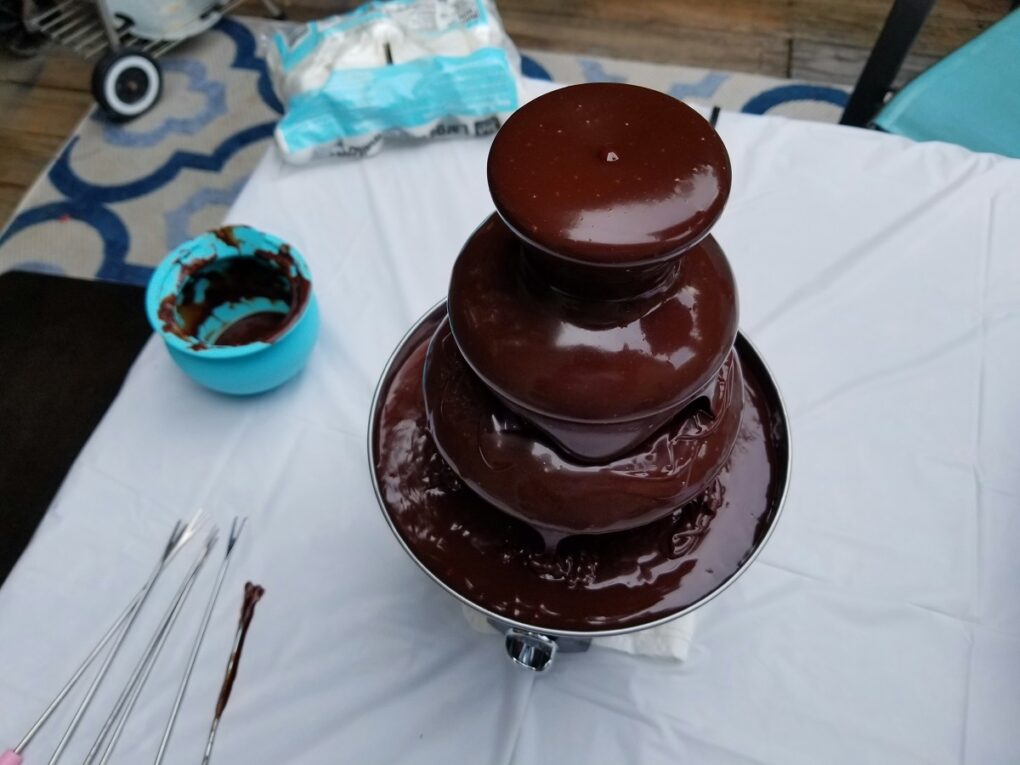
However, manufacturers tend to use the same machines to produce different types of chocolates, which could lead to cross-contamination. In these cases they're required to label their packaging with a warning that traces of dairy may have made it into their chocolate.
These cocoa solids also contain antioxidants and a higher level of flavonoids, which are associated with health benefits. Although dark chocolate is considered the healthiest of the four kinds of chocolate, its nutritional value is still lower than other foods.
Dark chocolate also contains the most caffeine out of the different kinds of chocolate, though nowhere near as much as coffee. Just the same, a New York Times article suggests avoiding the consumption of dark chocolate before bedtime, as the presence of sugar can amplify caffeine’s effects.
The presence of antioxidants in dark chocolate’s high cocoa content also aids in slowing down the oxidation process, giving it the longest shelf life of the four types of chocolate. Dark chocolate will last up to two years if stored at proper ambient temperatures, proper humidity levels, away from sunlight, and away from pests.













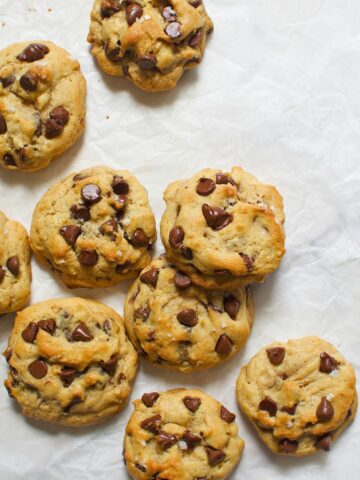

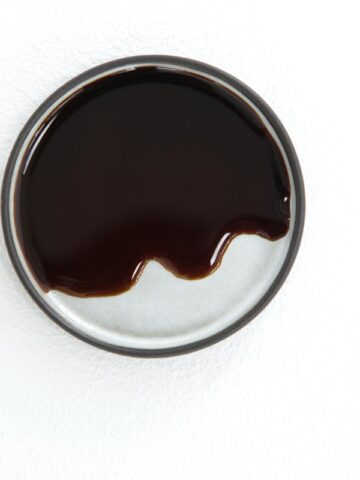
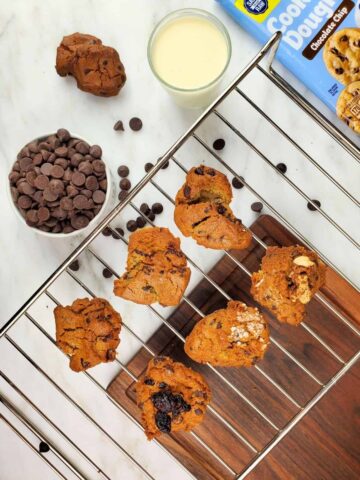
Comments
No Comments